Design differences from the previous engine family until 2017:
Hyundai Solaris/Creta, Kia Rio etc. from 2017 to present:
- 1. The use of an aluminum cylinder block (before that, the block was cast iron). Stiffer and lighter die-cast aluminum cylinder block.
- 2. Rejection of the cast-iron crankshaft in favor of steel. At different manufacturing plants on a global scale, the following steel grades for the manufacture of products are approved: 45, 45X, 45G2, 50G - for moderate climatic conditions; 40HNMA, 18HNVA - for northern and tropical climatic conditions.
- 3. The reverse arrangement of the manifolds - the exhaust manifold with a catalyst is located behind the engine between it and the engine shield, and the intake manifold is in front, which gives a lower air temperature at the intake (the colder the air, the higher its density. And this means that its gets (by weight) more, and this allows you to put more fuel there and increase power), makes it easier to access the injection system for maintenance and creates more space behind the engine to absorb shock.
- 4. The axis of the displacement cylinder relative to the axis of the crankshaft by 10 mm (this reduces the friction of the piston against the cylinder walls).
- 5. Timing chain drive instead of a belt drive. The chain is "hidden" in the block and requires no maintenance. Stretching the chain is fought with the help of tensioners located on both sides, hydraulic and auxiliary (unlike a single tensioner, this avoids phase shift when the chain is stretched).
- 6. The system of variable valve timing on the intake shaft. Depending on the speed, it turns the intake camshaft several degrees in one direction or another, providing efficient gas-dynamic supercharging over a wider rpm range.
- 7. Valve drive mechanism without hydraulic compensators.
- 8. The intake manifold is plastic with a resonator, which reduces flow resistance and reduces noise and intake pulsation, so it is of different lengths.
- 9. The exhaust manifold is made of stainless steel with pipes of equal length, which ensures optimal operation of all cylinders (previously it was cast iron).
General conclusion: In the Russian market, the engine design has been fully brought up to the world standard. All cast iron components were replaced with aluminum or steel (depending on the design features). This increased the strength of the design, build quality, the service life of the CPG and CV in the engine structure. After 2023, Hyundai and Kia cars will gradually switch to full hybrid engines in accordance with the development strategy of companies in the global automotive market.
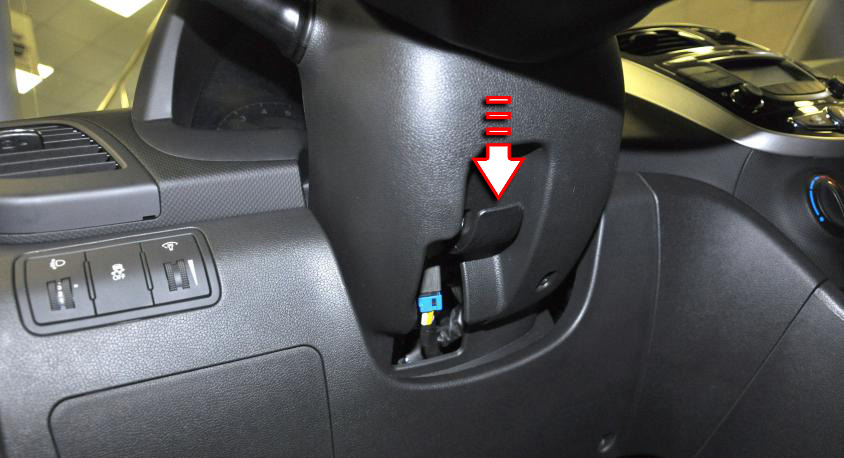
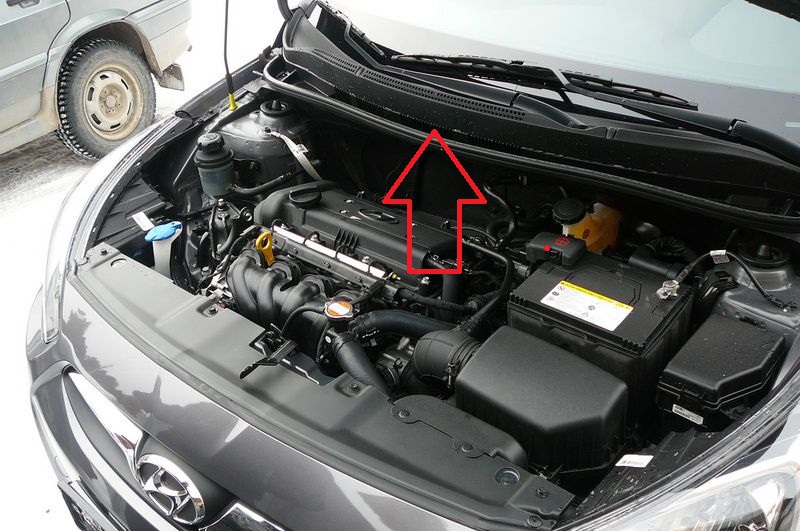
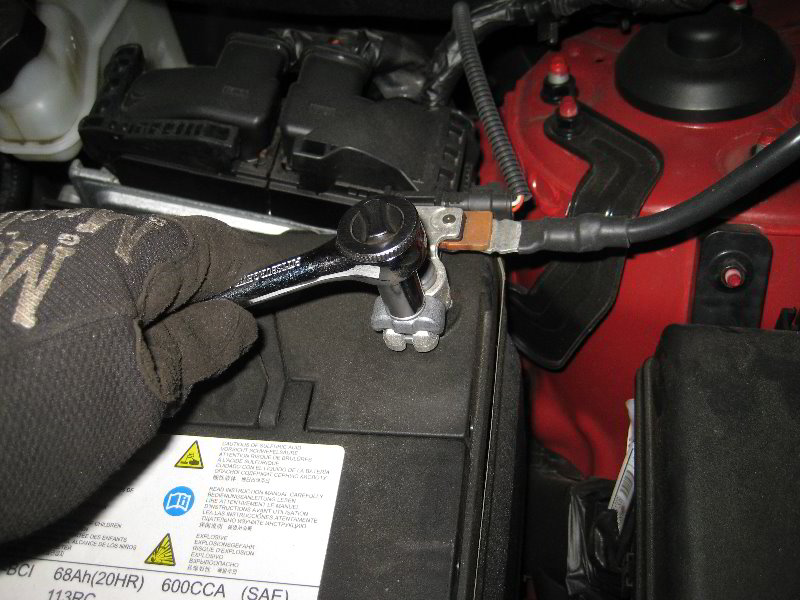
Removal and installation of the switch (lock) of ignition of Hyundai Solaris
1 to 3 hours
[[ article.getBookmarkIcon() ]]
Instrument
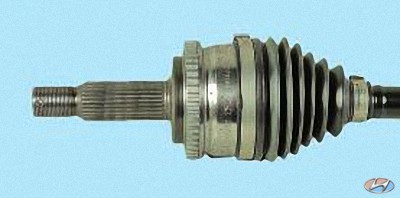
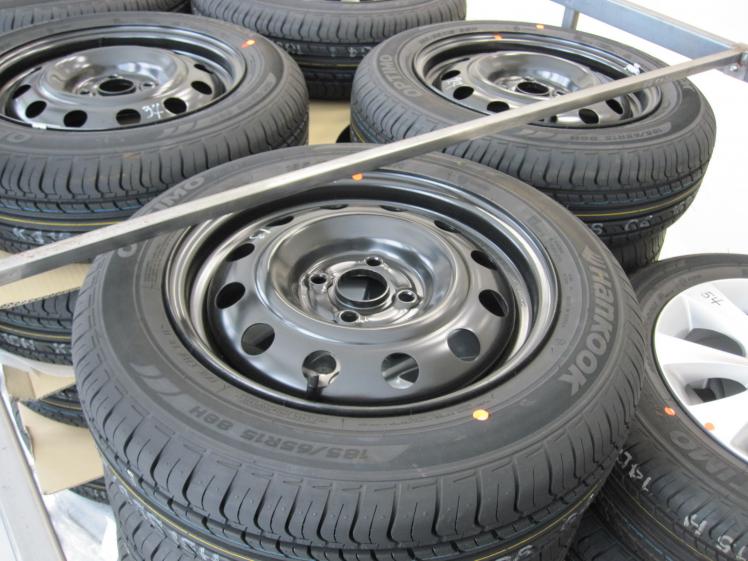
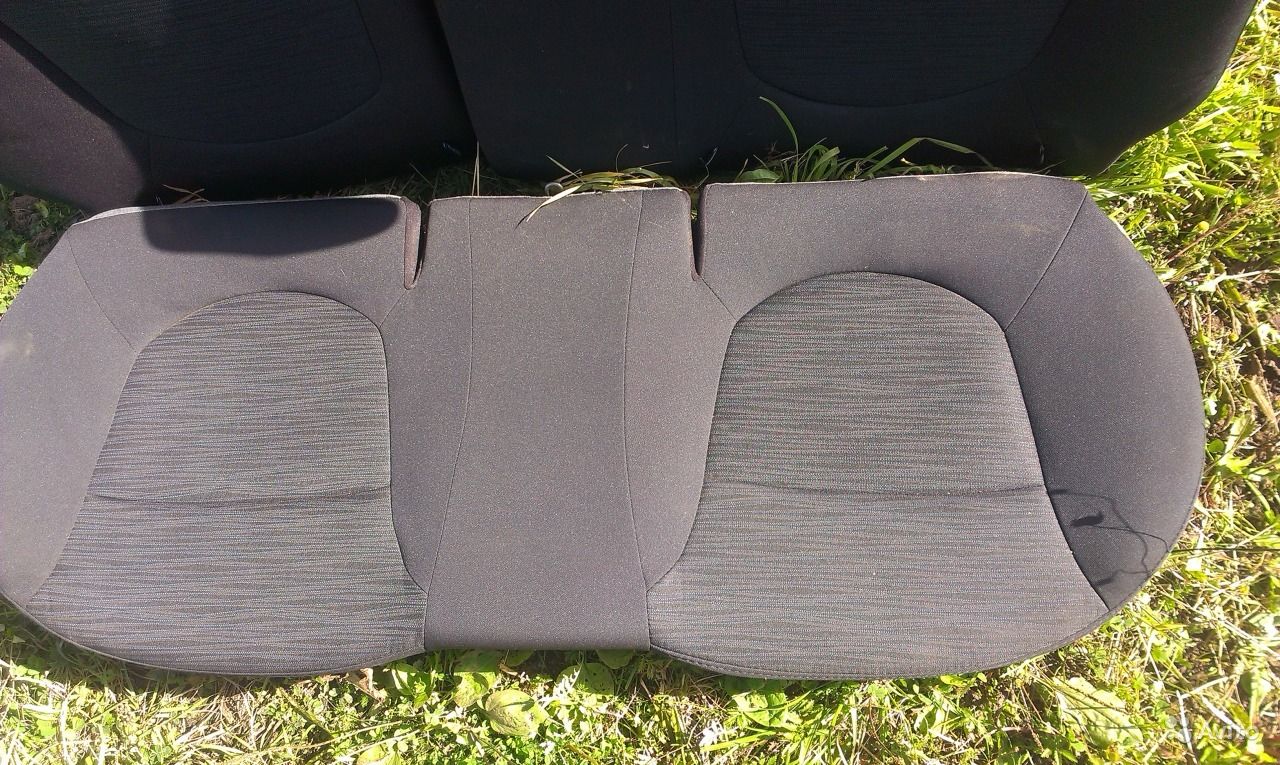
Removal and installation of rear seat belts Hyundai Solaris
1 to 3 hours
[[ article.getBookmarkIcon() ]]
Instrument
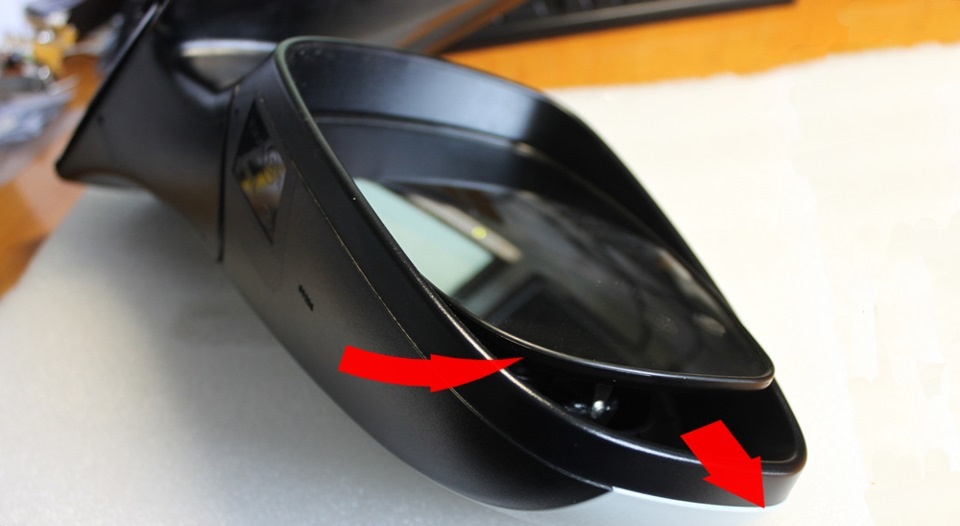
Dismantling the outside rear-view mirror Hyundai Solaris
1 to 3 hours
[[ article.getBookmarkIcon() ]]
Instrument
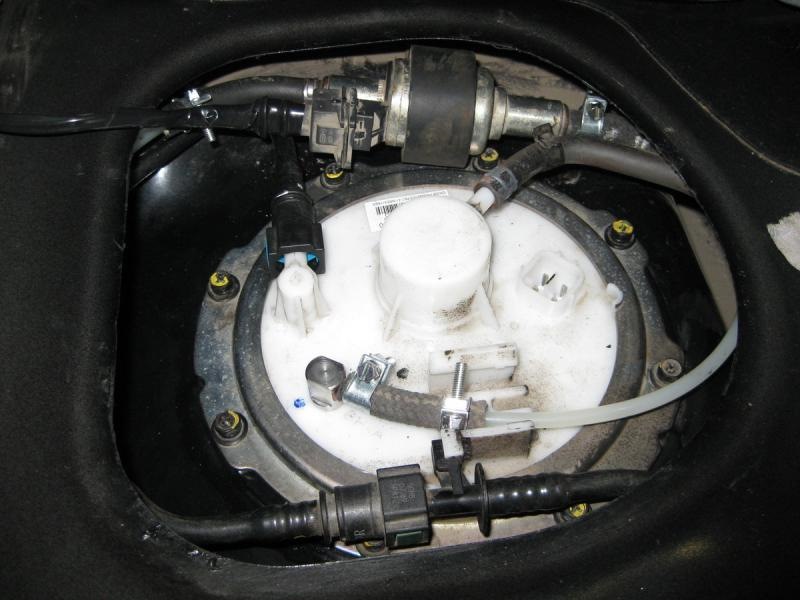
Checking the fuel pressure in the Hyundai Solaris engine power system
1 to 3 hours
[[ article.getBookmarkIcon() ]]
Instrument
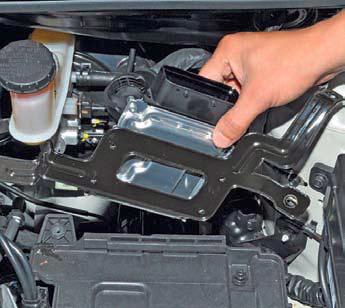
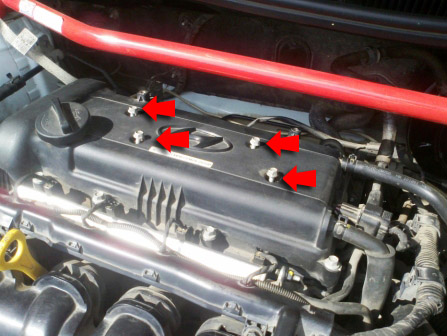
![1 generation [2010 - 2014]](/uploads/Hyundai_Solaris_2010_-_2014_.jpg)